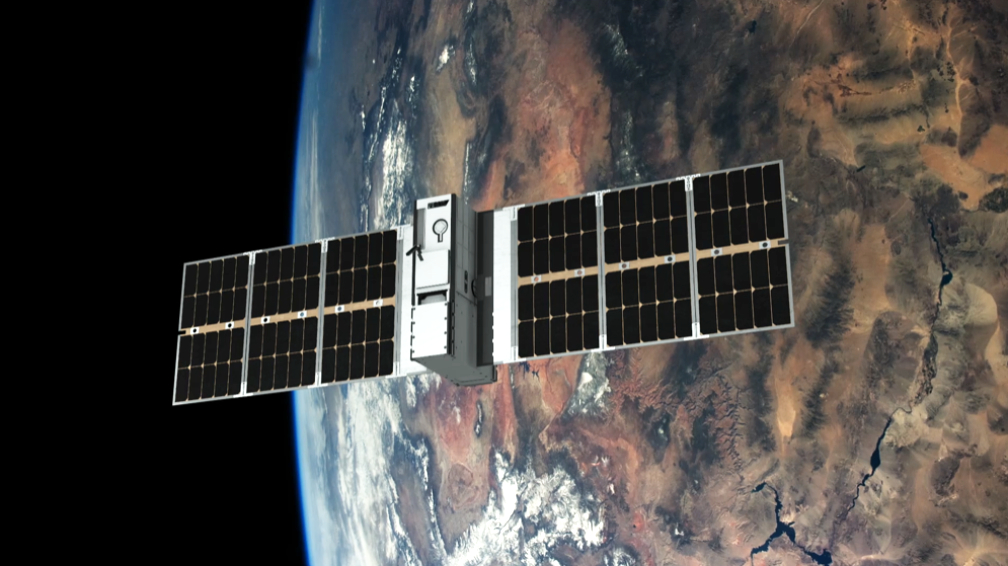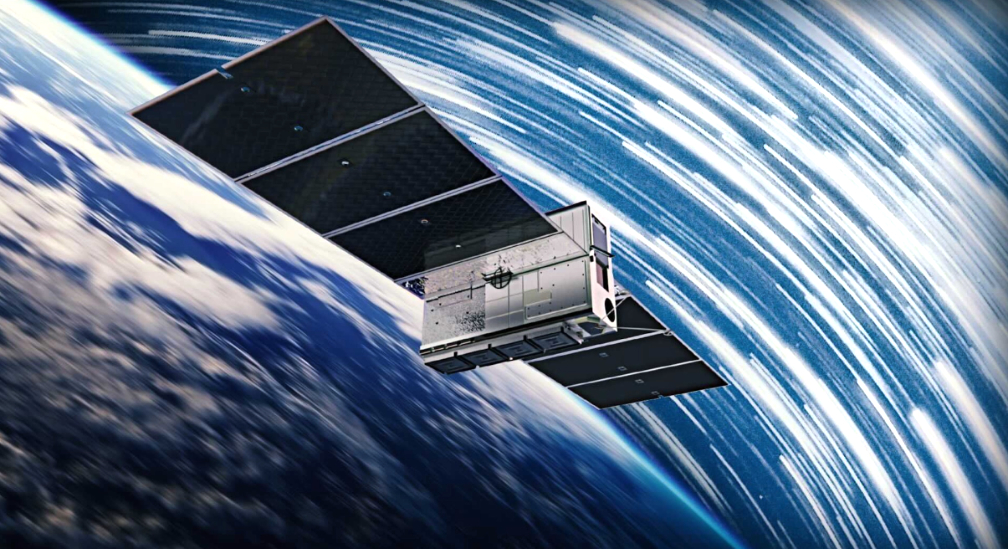
Fleet Space Technologies has secured $26.4 million in investment, valuing the company at $126 million — this represents a major step forward for the company, which is committed to creating the world’s most advanced low-power satellite network, securing planet-wide coverage for millions of compatible Internet of Things (IoT) devices by using its in-house smallsat technology. This funding will underpin significant expansion in Fleet Space’s manufacturing footprint and will expand the company’s highly skilled workforce.

The investment is a clear endorsement of Fleet Space’s vision. The Australian start-up, co-founded by Flavia Tata Nardini and Matt Pearson, has created the most advanced smallsat payload yet delivered to orbit. These smallsat devices generate ten times more throughput per kilo than larger spacecraft and will support radical new efficiencies for hundreds of industries using IoT. This will transform the ability of companies and institutions to manage and control their remote assets across the world and in real time, 24 hours a day, even in remote areas, where cellular connectivity is not available and where operations are critical.
The investment also represents a firm commitment to Australia’s rapidly emerging space industry, which the Federal Government plans to grow to a $12 billion, ranking the sector among the nation’s fastest growing industries. Its expansion in the region will also create 70 jobs, including many highly desirable science, technology, engineering and maths (STEM) positions in the first phase of growth.
The International Data Corporation predicts that there will be more than 14 billion connected, low-power devices by 2025. To unlock the full force of efficiencies that lie in the data collected by these devices, there must be a network through which this information is gathered and analyzed. Only with this information can improvements in products and the way they are used be truly realized.
Fleet Space technology provides this function to businesses big and small through a smallsat, satellite-based network. The existing network is made up of six smallsats that were launched to orbit via SpaceX, an Indian Space Research Organization (ISRO) rocket and two Rocket Lab launches.
Fleet Space’s latest Centauri 4 smallsat has been integrated with digital beamforming technology which uses an array of multiple antennas along with cutting edge Digital Signal Processing. This beamforming technology provides a substantial increase in throughput of customer IoT data and can service a higher number of customer portals at once. Integrating this digital beamforming into a nanosatellite which is not much bigger than a loaf of bread, is a world first. Beamforming can also dramatically improve data reliability and security by reducing the impact of interference.

These smallsats are combined with ground-based networks, affording industries a cost effective way to benefit from the information of their IoT enabled devices where cellular networks are unavailable..
Through a growing constellation of smallsats and proprietary network gateways which harness the LoRaWAN communication protocol, this technology will free organizations of billions of dollars of lost value by leveraging IoT. The $26.4 million investment will increase the size of Fleet Space’s constellation and meet unprecedented demand from more than three million compatible devices registered to join the Fleet Space network.
